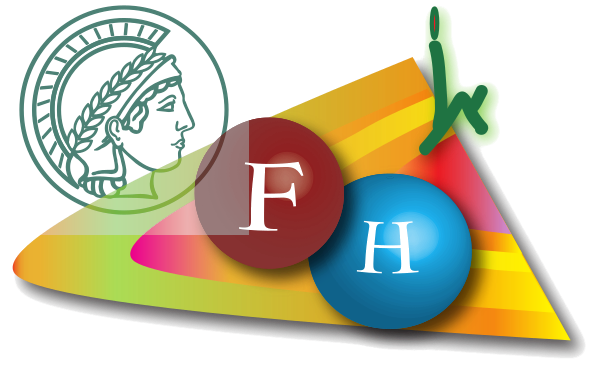Date:
Thu, 07/04/2022 - 11:00 to 12:00
Location:
Los Angeles Bld., Jerusalem, Israel
This Thursday, 07.04 at 11:00 am we will have a FH seminar where Mr. Aditya Rao from the Hebrew University will give a lecture titled "Investigating the photochemistry of bilin-binding proteins using multiscale simulations"
Cyanobacteriochromes (CBCRs) constitute a recently discovered subgroup of the phytochrome protein
superfamily. Similar to the phytochromes, the CBCRs bind a linear tetrapyrrole as a chromophore but in contrast,
require only the GAF domain for their function. CBCRs also have a more diverse spectral tuning that covers the
entire visible spectrum. There are at least four different subfamilies known in CBCRs out of which the red/green
CBCRs have a red-absorbing reactant and a green-absorbing photoproduct. These CBCRs harbor the
phycocyanobilin (PCB) as the chromophore which undergoes a light-induced double-bond isomerization around
C15=C16 double bond. I have simulated the absorption spectrum of two red/green CBCRs namely AnPixJg2 and Slr1393g3 using the hybrid QM/MM methodology. To elucidate the mechanism of the photoisomerization of the
PCB chromophore, I have carried out excited state relaxed scans of truncated models of the chromophore in the
gas phase using the extended multistate CASPT2 (XMS-CASPT2) method. Further, to probe the effect of the
protein environment, I have computed excited state relaxed scans including the protein using the hybrid
QM/MM methodology using a similar protocol that was used for the CBCR all2699g1
Cyanobacteriochromes (CBCRs) constitute a recently discovered subgroup of the phytochrome protein
superfamily. Similar to the phytochromes, the CBCRs bind a linear tetrapyrrole as a chromophore but in contrast,
require only the GAF domain for their function. CBCRs also have a more diverse spectral tuning that covers the
entire visible spectrum. There are at least four different subfamilies known in CBCRs out of which the red/green
CBCRs have a red-absorbing reactant and a green-absorbing photoproduct. These CBCRs harbor the
phycocyanobilin (PCB) as the chromophore which undergoes a light-induced double-bond isomerization around
C15=C16 double bond. I have simulated the absorption spectrum of two red/green CBCRs namely AnPixJg2 and Slr1393g3 using the hybrid QM/MM methodology. To elucidate the mechanism of the photoisomerization of the
PCB chromophore, I have carried out excited state relaxed scans of truncated models of the chromophore in the
gas phase using the extended multistate CASPT2 (XMS-CASPT2) method. Further, to probe the effect of the
protein environment, I have computed excited state relaxed scans including the protein using the hybrid
QM/MM methodology using a similar protocol that was used for the CBCR all2699g1

